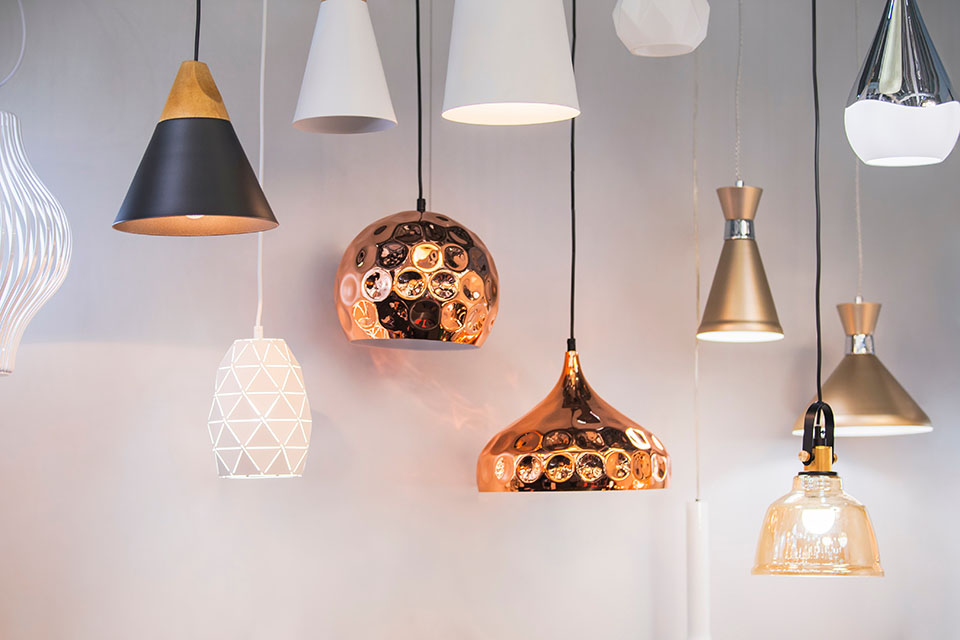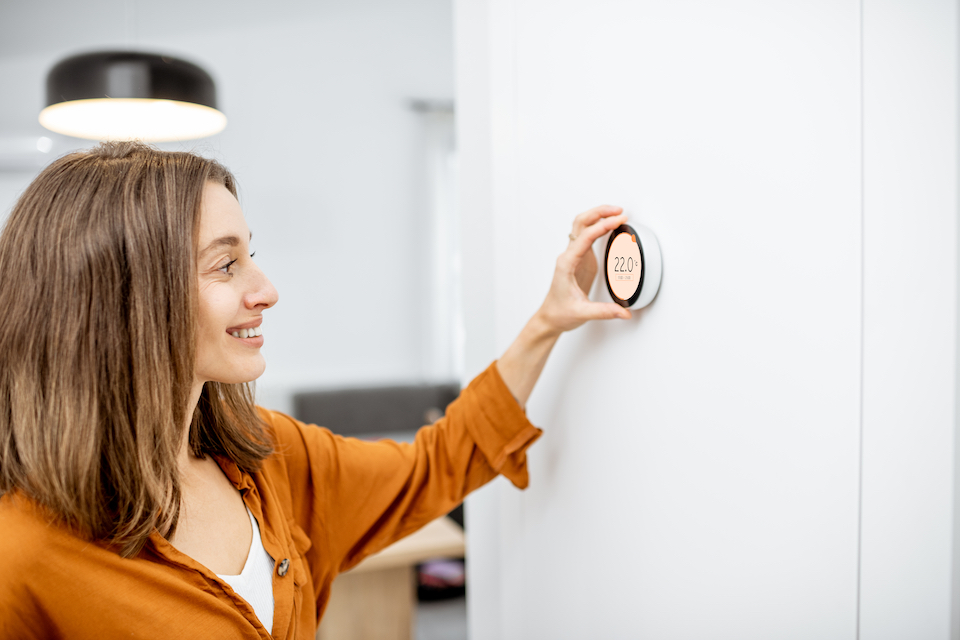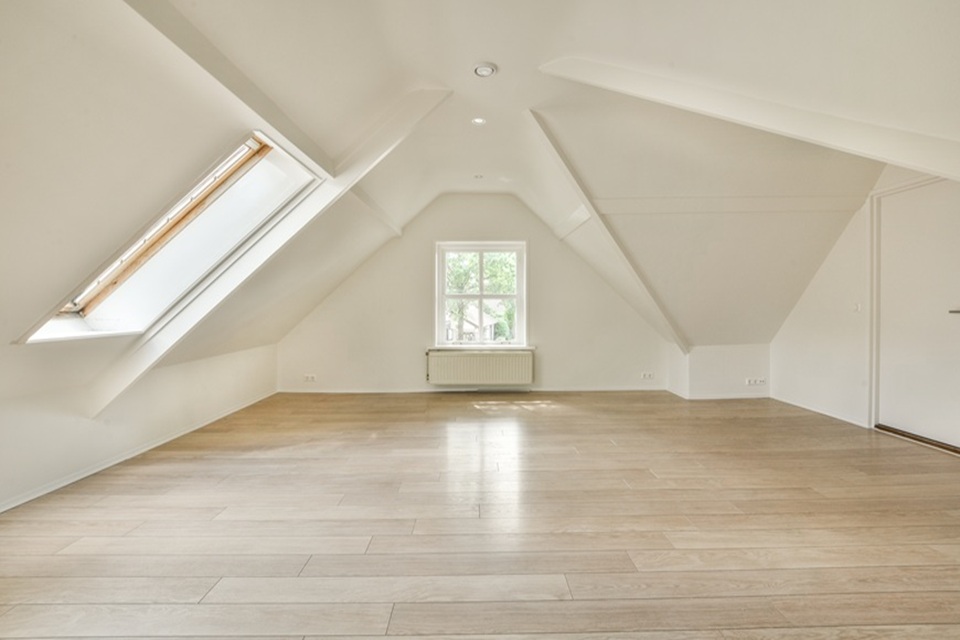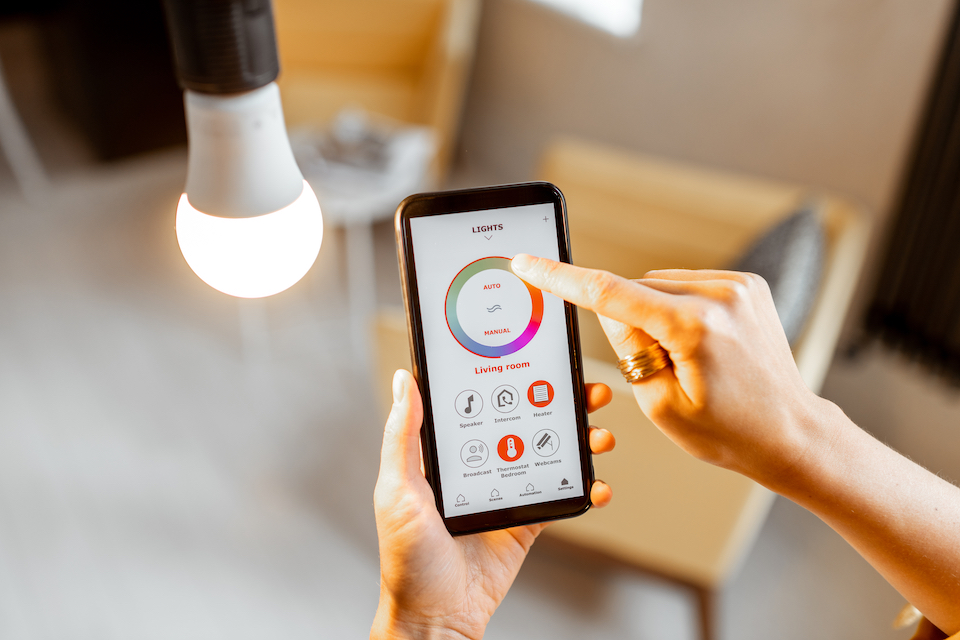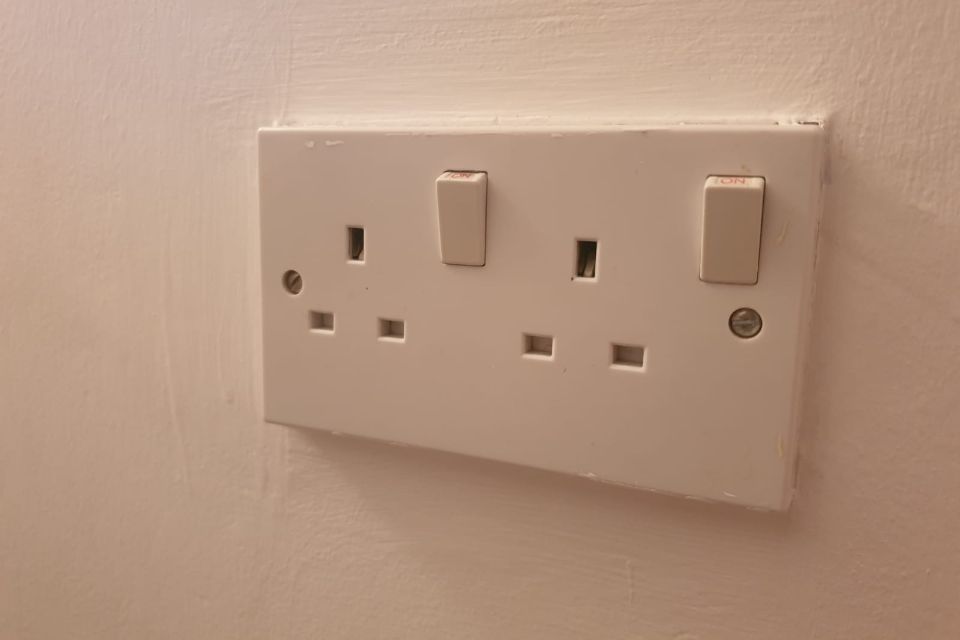Ceiling Light Options
To make the best decision when it comes to ceiling lights, you need to be aware of the different types of lighting available. There are four basic types of ceiling light:
- Recessed lighting
- Flush-mounted lighting
- Track lighting
- Pendant, which includes chandeliers
Each type has its unique benefits and drawbacks.
But which type of ceiling light is right for each room within your home? This article briefly examines the types of ceiling lights available and describes which suits certain rooms in your home.
Kitchen Ceiling Lights
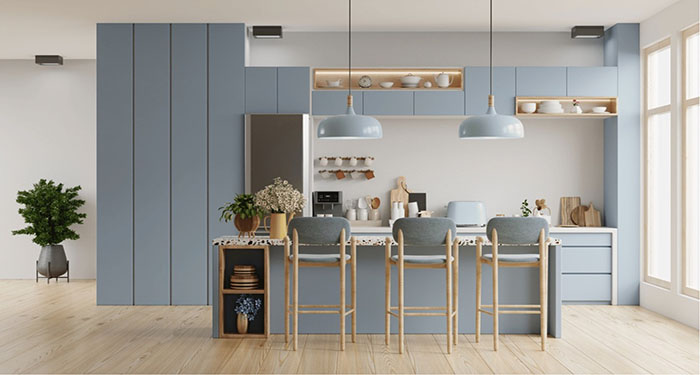
There can be many possibilities for lighting in the kitchen. Whether you have a high ceiling , or a room split into a kitchen and dining room, it is the most likely space in the house where you will want to consider mixed lighting sources.
Track lighting is an excellent option for kitchen ceiling lights, as they allow you to direct the light exactly where you need it and get great effects. This is particularly useful for task lighting, the type of lighting that aids you in completing tasks, such as handling sharp kitchen implements or working on small details.
Recessed and ceiling spotlights are also a good choice. They can provide functional illumination without taking up too much space, which is especially handy for low to medium-height ceilings.
However, if you prefer a more decorative light in your kitchen, consider low-profile flush-mounted ceiling lights that allow you to show your style without the lights hanging low into the room and potentially getting in the way.
If your kitchen extends into a dining area, you can pick more decorative lighting, such as a decorative pendant or chandelier. This helps separate the two spaces and provides a great conversation piece.
Bathroom Ceiling Lights
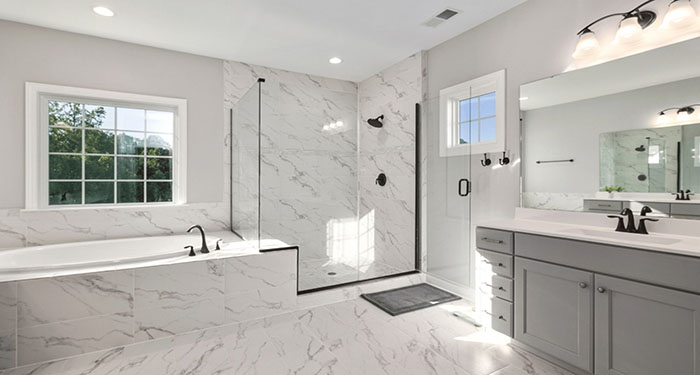
When it comes to bathroom lighting, you often require a mixture of task lighting, for example, around the bathroom mirror and a softer ambient lighting option. Track lighting or recessed lights are a good choice for task lighting, while flush-mounted ceiling lights can provide an even ambient light throughout the room.
When choosing bathroom ceiling lights, it is best to steer away from open bulbs that may be exposed to water vapour or steam and instead opt for fixtures with integrated bulbs, such as those with glass or plastic covers. This will help to ensure your lights stay safe in a moist environment.
If your options are limited and you need to illuminate the room with a single ceiling light, a pendant may be the best option for you. These lower the angle of the bulb, which avoids harsh shadows when using the mirror, while providing a softer light if fitted with a diffuser, for a calm atmosphere.
Hallway Ceiling Lights
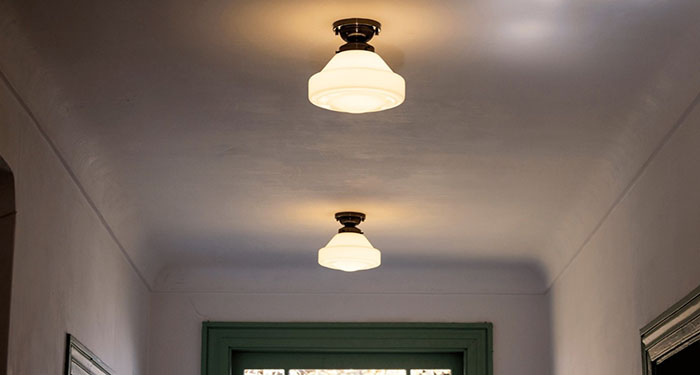
Hallways are often overlooked when it comes to lighting, as the focus is usually placed on other rooms in the house. But this doesn't mean they should be neglected, as ceiling lights can be used to create a warm and inviting atmosphere in your hallway.
A great option for hallways is flush-mounted ceiling lights because they will sit close to the ceiling and will not take up too much space, leaving plenty of room for movement.
Track lighting is also a good option for longer hallways, as it allows you to create pools of light in certain areas and provide task lighting when needed. Pendant lights or chandeliers can also make a statement in wide hallways with higher ceilings.
The important thing to remember when choosing hallway ceiling lights is that the bulb should not be too bright and harsh, as this can make the area feel clinical, which can seem unfriendly and cold.
Lounge Ceiling Lights
A lounge is a place for comfort. Light bulbs in the lounge often have lower wattage than in other rooms, and the overall lumen count can be lower, allowing for a more relaxed and cosy feeling.
As such, it's nice to mix up the lighting options for a lounge. Your main light source should be a decorative pendant, chandelier or flush-mounted ceiling light that provides even ambient light. This can then be supplemented with wall, table and floor lamps to add layers of lighting and create an inviting atmosphere.
That being said, there are several lighting options for lounge ceiling lights, depending on the size of the room and your personal preferences. For example, you may want to consider installing spotlights in the lounge if you have a large space that you want to be able to light up evenly.
Alternatively, keep a brighter light source for task lighting, such as reading, but use layered lighting to achieve a comfortable overall light level. This way, you can relax in your lounge without having to squint from harsh lighting.
In conclusion, ceiling lighting is an essential element of home décor and provides illumination in various ways. The type of light you choose depends on your personal preferences and the usage of the room, but with careful consideration, you can create an atmosphere that is both functional and inviting in any room of your home.

